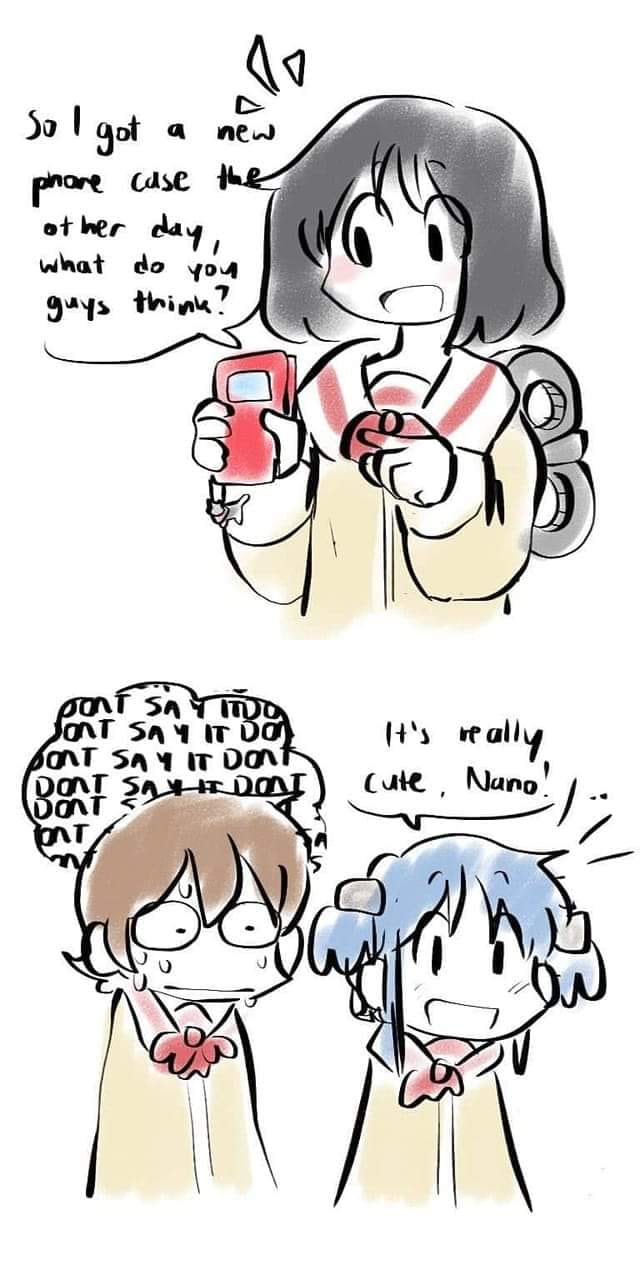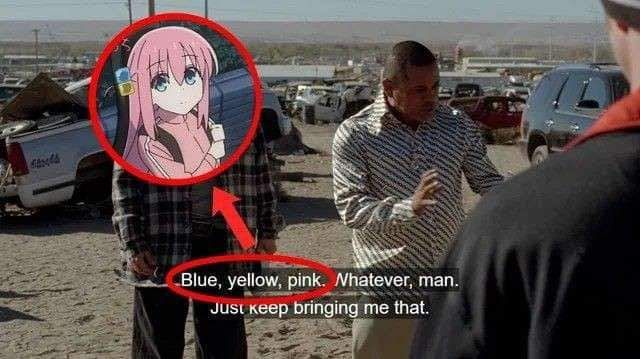Betteridge's law of headlines strikes again
Erika3sis
I favor gorilla tactics in conservation the same as I do in many other respects!
Those two parties are cooperating, aren't they?
One of the PFLP's songs refers to America as the "Head of the Snake" specifically, which is coincidentally not actually dissimilar from Benjamin Franklin's own choice of political symbolism — except Franklin, radical that he was, chose to represent the Thirteen Colonies as a whole snake rather than just the head.
In any case the PFLP didn't choose to hate the USA, in the same way Ned Kelly didn't choose to hate cops. Acting like the PFLP's hostility to the USA is completely irrational and literally just came out of nowhere helps nothing except Septics' cognitive dissonance about the nation's grotesque banditry abroad — it's just wilful ignorance, it's pure and simple "My Little Pony logic" to act as if the world's anti-Americans are just Evil Changelings who hate "a beautiful land abounding in the Magic of Friendship" for no reason other than that it is "a beautiful land abounding in the Magic of Friendship".
Never think that geocentrists were stupid. They were wrong, certainly, but they were not stupid: while it doesn't take much intellect to initially conclude that Earth is the center of the solar system, it does take a very great amount of intellect to rationalize away the mountain of evidence to the contrary.
This is not a comment about people who voted or are planning on voting for Kamala Harris — this is an entirely unrelated observation about a completely different topic.
Ah sweet! Man made horrors beyond my comprehension!
The Circassian genocide is the example that comes to my mind first. In my experience, most people, at least in Western countries, when they hear "Circassian", they will immediately think I'm actually talking about Cardassians, a race of fictional aliens from Star Trek (or they'll at least remark on how similar these words sound).
I also think the Milan Congress is an event more people should know about. This was a congress on Deaf education in 1880 that declared a ban on sign languages in schools, causing trauma and poverty and general harm to Deaf people for nearly a century until around the time of Stokoe's research on ASL.
Really, the amount of history that people should know is abundant, but a lot of it is also very clearly more important to know if you live in a certain area, right?
So you're certain that revolution is impossible, but you're also certain that if there is a "strong middle class" in the future, that you would actually be a part of it?
Well, it seemed like you were saying that if given a choice between more racism and more climate crisis, that you would choose more racism because of how "climate crisis is worse". Don't you think that's at all a weird or uncomfortable thing to say, given how there's a frightening number of people nowadays who genuinely are trying to present "more racism or more climate change" as an actual choice that people will have to make?
"I can excuse racism, but I draw the line at climate crisis!"
"You can excuse racism?"
This is such a fucking scam, Jesus Christ. No wonder my immediate response to this news was "That was a lot sooner than I expected!" — no, it's still gonna be a long time yet before the Brits and Seps will actually concede their rule of Diego Garcia in any meaningful way. This agreement is as good as toilet paper.
I wonder when Lalit is gonna make a statement about this agreement.







Burde være flere